Colorado, 1988. The sloping hills are host to a modicum of unnatural machinery. Below the jagged, snow-tipped mountains and in the thin air of the peak, there can be heard the whir of turbochargers and the cheer of an enthused crowd. Daunting cliffs and unprotected drops line the dirt track and spectators position themselves on each hairpin of the ascent. The Pikes Peak International Hill Climb would change forever on that magical ’80s day as a Finnish wheelman rewrote the racing rulebook and a French filmmaker brought motorsports to a wider audience.
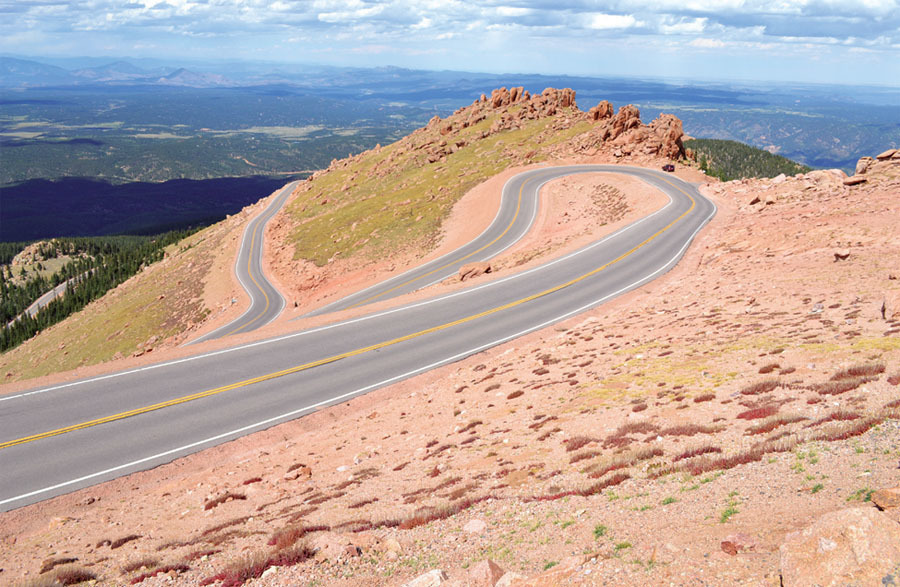
The course is still, the silence is deafening. The sun cascades through the coniferous woodland and highlights the sparse plant life that accompanies the road. Dust streaks across the track as the wind whips around every curve. The course is still, anticipation is building and the race start is looming ever closer. The titles of this short film end with “un film de Jean Louis Morey – avec Ari Vatanen” and the upbeat piano melody ceases. Through the midday fog, the king of the mountain emerges.
A vehicle of meticulously thought out excess carries an adrenaline-enthused rally legend onto screen. We hear the warble of a meagre 1.9 Litre 4-cylinder at full throttle in the distance; instantaneously, it rides over the camera – we see but a flash of white and blue, and the lengthy black mass of a front splitter. A swift shot of the front and rear of the vehicle transitions to just the of dust cloud it leaves in its wake, and we hear the cacophonous echo of the 600HP engine against the cliff face.
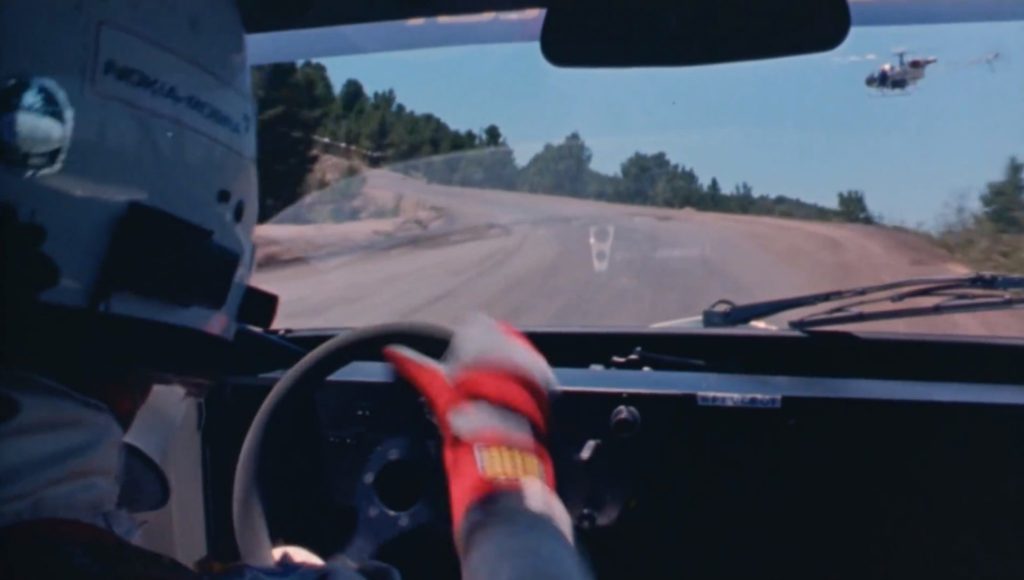
Ari Vatanen, World Rally Champion and 4-time Dakar rally winner, consumes the frame; from behind his shoulder, we see him grapple with the thin alcantara-lined steering wheel. The scene transitions to a much more captivating shot – we see the physically taxing nature of the hill climb as Vatanen tussles with his especially designed car and works to keep it on the track. He clips every muddy apex and is precise around every turn as he manages the throttle and clutch, and gently applies the brake to keep maximum speed throughout the whole timed run.
We see his subtle steering corrections and composed driving style as he tackles one of his toughest driving challenges. The stripped cabin houses just a man and his machine; it is driving it its most unfiltered form. We hear the revs of the mid-mounted engine in the cockpit as its pings off of the redline and is worked harshly, trying to claw its way up the hill; the clickety-clack of the mechanical gearshift complements the whooshing of the Garrett turbocharger. Vatanen manages the raucous Group B-derived vehicle as it skids around the curves (even being completely perpendicular to the hairpins at certain points).
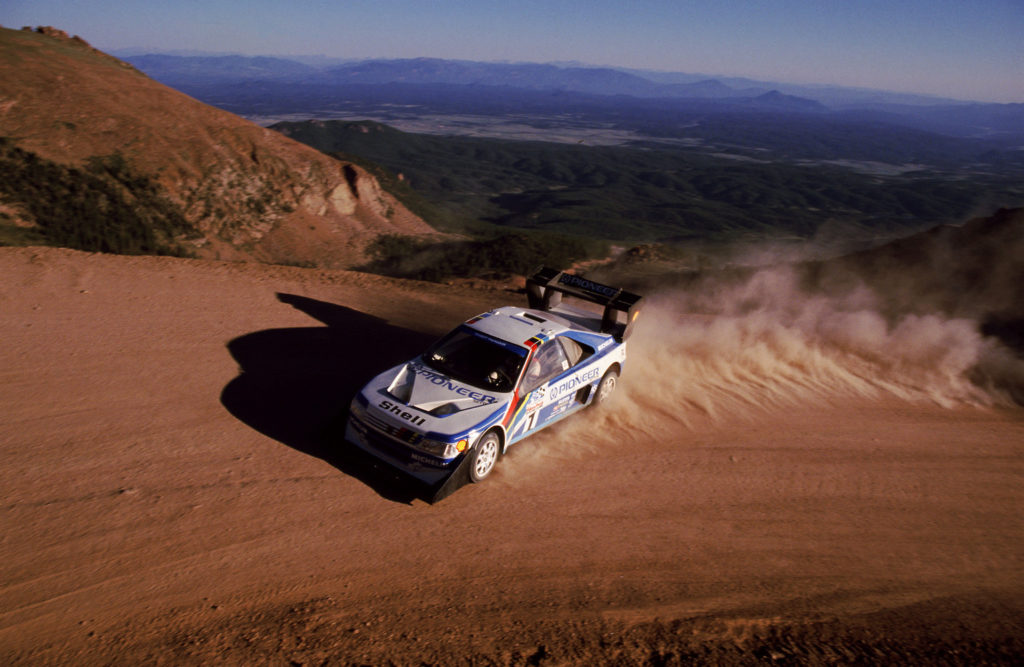
Finally, as he rounds a series of chicanes, the Peugeot 405 T16 Pikes Peak comes into view. The white and blue Peugeot Sport livery envelops this short wheelbase beast. The carbon-kevlar clad chassis made use of revolutionary engineering such as 4-wheel steering, double wishbone front and rear suspension and a turbocharged mid-engined layout; it’s built off of Peugeot’s Paris-Dakar rally prototype of the same name. The 880kg hill climb prototype was paired with a high-revving, torquey engine and a 6-speed manual transmission. The grandeur of the bodywork was its most notable feature: aerodynamics that would put a Porsche 911 GT3 RS to shame propelled the rally monster to the summit by scything through the fine air. Sufficient ducting cooled the engine and brakes, which were housed in bright white 5-spoke wheels.
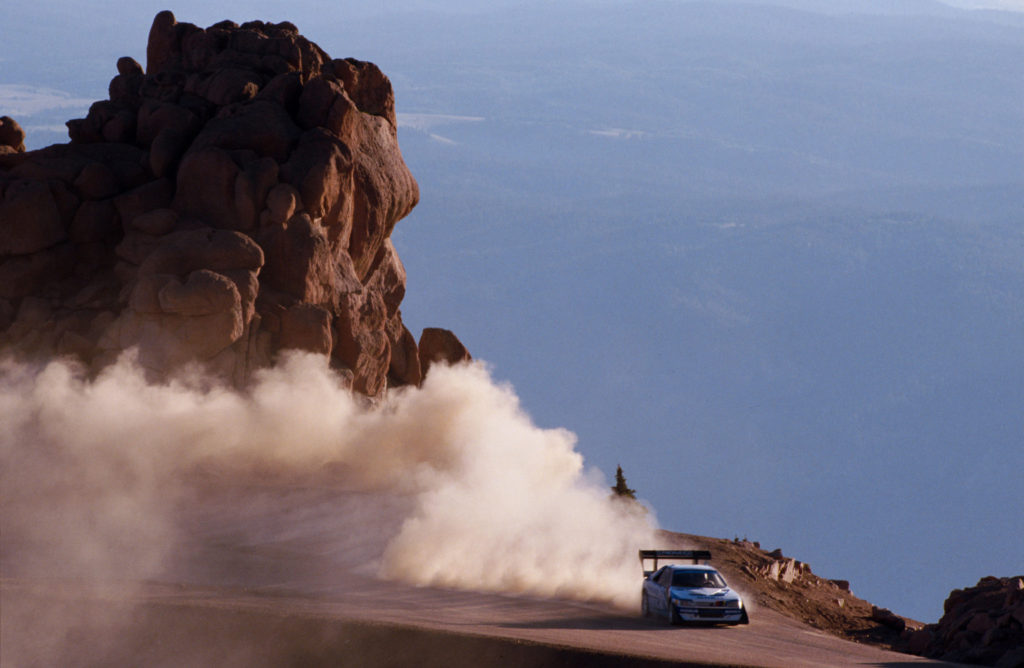
Director Jean Louis Morey switches between three major camera angles: a wide shot following the car from a helicopter, a camera inside the cockpit behind Vatanen, and a camera mounted in the front of the vehicle. This is the most visceral of positions as we are exposed to the direction of the Peugeot. Vatanen dips the front wheel into the gulley, provoking the dust and stones to flick up at the lens. All manner of bugs and grime splatter on the screen, demonstrating the sheer power of the rally car. Brave photographers step out onto the track to snap a picture of the brutish machine.
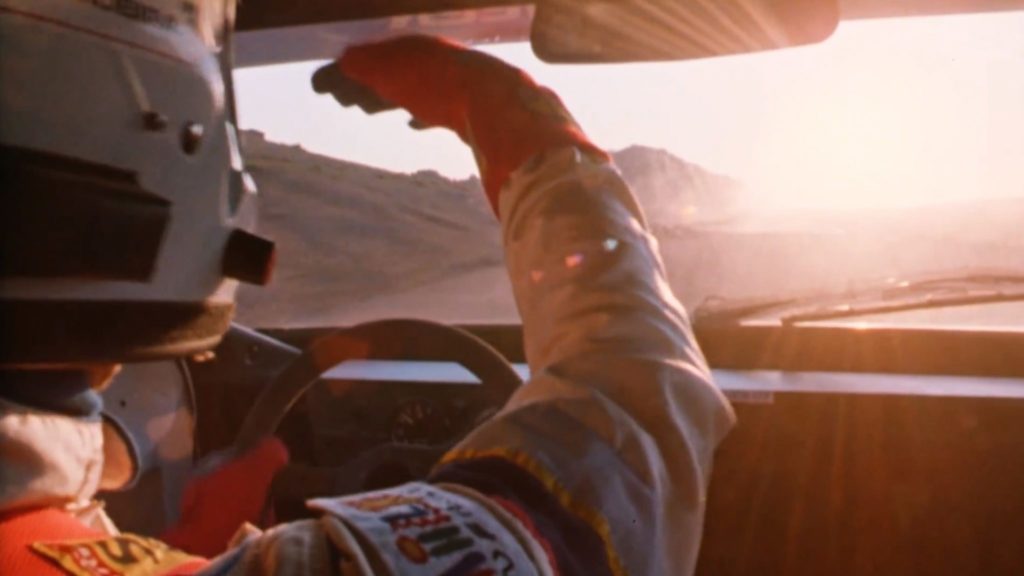
As the Peugeot rounds a left-hand bend, the piercing shine of the sun floods into the cabin prompting Vatanen to execute a seemingly normal gesture, which would become iconic in the chronicle of motorsports. Affectionately known as the “Vatanen salute”, the rally driver blocked out the sun with one hand and controlled the vehicle with his other, even with its unassisted steering and the skittish surface on which it rode.
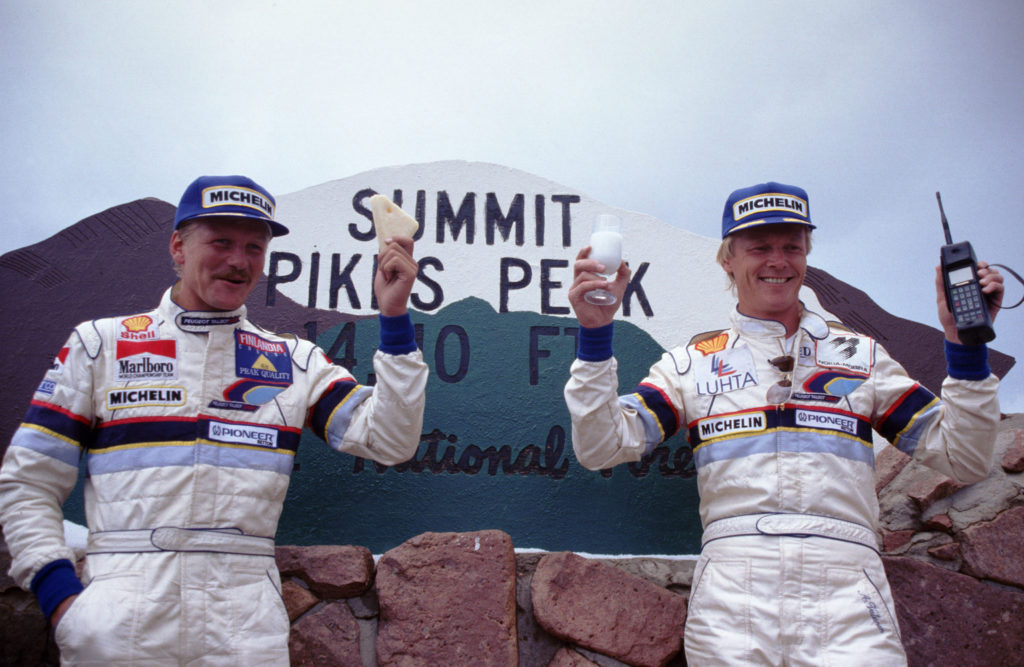
The car glides around the final hairpin as if it were a mere alpine bend, not part the perilous peak. Vatanen’s one-handed antics cease as he is signalled to decelerate by a frantic marshal at the top of the hill. Two chequered flags end the run, and the film. 14,115 feet up and 156 turns later, Ari Vatanen had dominated the mountain with a record time of 10:47:77. The most advanced vehicle yet to tackle the climb would win again in 1989 with Robby Unser. Morey’s Climb Dance film would garner a host of awards and engrain itself into automotive folklore. The film is linked below on the Test Driven YouTube channel.
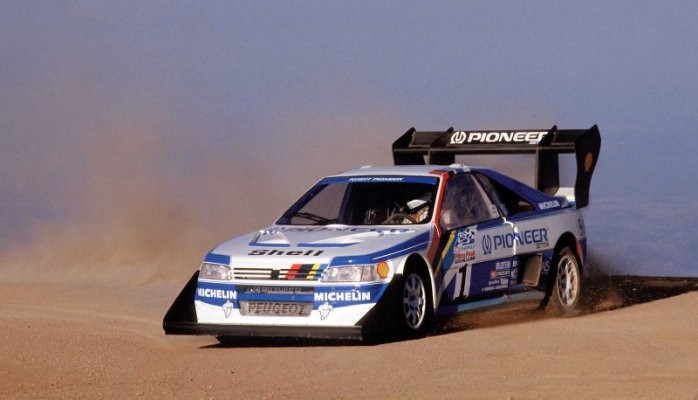



Leave a reply